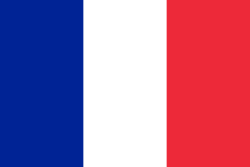Pedagogy as a spiral ?
Jérôme Bruner, do you know him? This American psychologist was the first in 1960 to mention the idea of spiral pedagogy.
- Tell me Fabienne, what does spiralaire mean?
- Imagine a mill that turns to grind grain and produce flour. Or when you climb the steps of a lighthouse. Oh dear, my head is spinning!
His thesis is as follows: knowing how to learn is a continuous process that requires a constant revisiting of what has already been learned with a progressive complexity. He also proposes to innovate and discard traditional pedagogy focused on the notion of linear progression - this means breaking down knowledge into segments and teaching them without a specific connection between the learnings.
Many education stakeholders have embraced this new teaching method, and that is why we passionate teachers can help everyone at their own pace. Regular feedback on what has already been studied to consolidate knowledge and then go further in learning. Duolingo, for example, focuses its teaching on spiral pedagogy.
The spiral, like the tornado, sweeps everything in its path. The learner at any age - you will have understood - will accumulate knowledge and reinvest it regularly.
- Hey Fabienne show me a red pen.
- Is that a red pen 🖊️ ?
- No it's a blue one.
- This is a red pen 🖍️
- Yes good job.
In this example, the colors in English have been studied beforehand and then we revisit them with the vocabulary of school supplies or clothing.
Is that clear? So let's spiral together towards new discoveries in the next newsletter of moncapenvol.com

